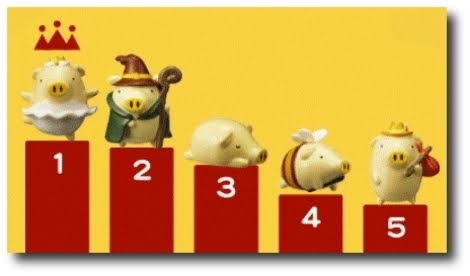Class Rank is a hierarchical ranking of students based on academic performance or grade point average. Rankings may be expressed in numerical order (first, second, third, top ten, etc.) or as percentiles (top ten percent, top twenty-five percent, etc.).
- Typically determined at the end of middle school or high school, and is used to identify academic honors such as valedictorian (first in the class) and salutatorian (second in the class).
While schools do not typically make an entire set of rankings for a graduating class public, it is quite common for schools to publicly announce and celebrate top-ranked students, particular those who end up in the “top ten” or top-tenth percentile.
Issues
- Viewed as an outmoded system that has persisted largely due to institutional and cultural tradition, not because it provides genuine educational value.
- Fundamentally inequitableor that it focuses students on academic competition rather than more authentic, meaningful, or beneficial ways of learning.
Development
- Some would rather see class rank replaced with the “Latin honors” system of cum laude (with honors), magna cum laude (with high honors) or summa cum laude (with highest honors), which has long been widely used in collegiate institutions, but that has recently become more popular in secondary schools. The main argument for Latin honors (or any similarly designed system) is that it can recognize the achievements of more students, as well as a much broader spectrum of academic accomplishment, rather than only a handful of students whose performance may be based on relatively small or even numerically miniscule differences in grade point average. In addition, Latin honors may be seen as a way to de-emphasize the perceived importance of academic competition in schools.
- In recent years, so-called “percent plans” have been adopted in some states—such as California, Florida, and Texas—that give students who graduate from an in-state public school in a top percentile of their graduating class automatic admission to state colleges or universities. In some cases, valedictorians or other high-ranked students may receive additional benefits, including discounted or waived tuition. Percent plans, and their attendant state policies, have complicated efforts to modify or eliminate the practice of class ranking.
Pros:
- Gives college-admissions offices or prospective employers a clear comparative measure of how a particular student has performed academically relative to other students in his or her graduating class.
- Creates positive academic competition, motivate students to work harder, and deservedly recognize and reward high-achieving students who may have pursued a more challenging course of study.
Cons:
- Students experiencing greater anxiety, peer competitiveness, or feelings of failure based on fractional differences in GPA or class rank.
- Students declining to take educationally valuable courses or pursue personal interests because certain courses may be considered too challenging (therefore presenting a greater likelihood of a lower grade) or they may present a mathematical disadvantage when it comes to calculating GPA or class rank (such as non-weighted courses in schools that use weighted-grade systems).
- Students narrowly fixating on numerical indicators of academic performance and minuscule scoring discrepancies that might adversely affect their GPA, rather than enjoying learning, challenging themselves academically, embracing and overcoming failures, or focusing on the larger purpose and benefits of education.
